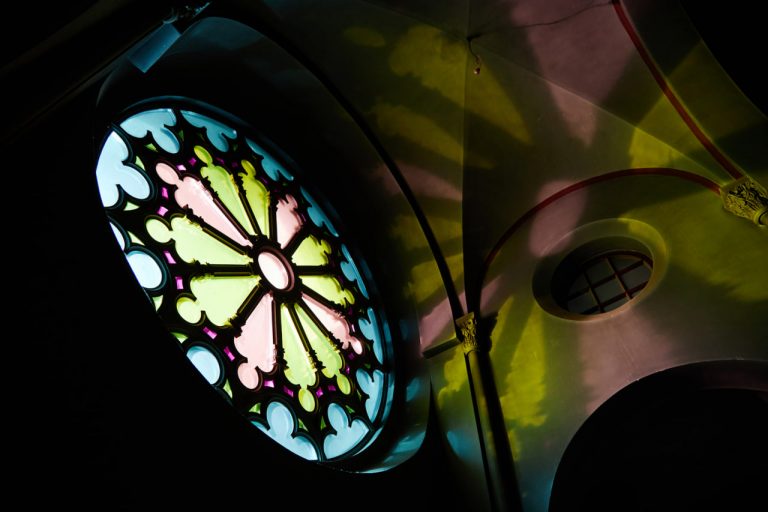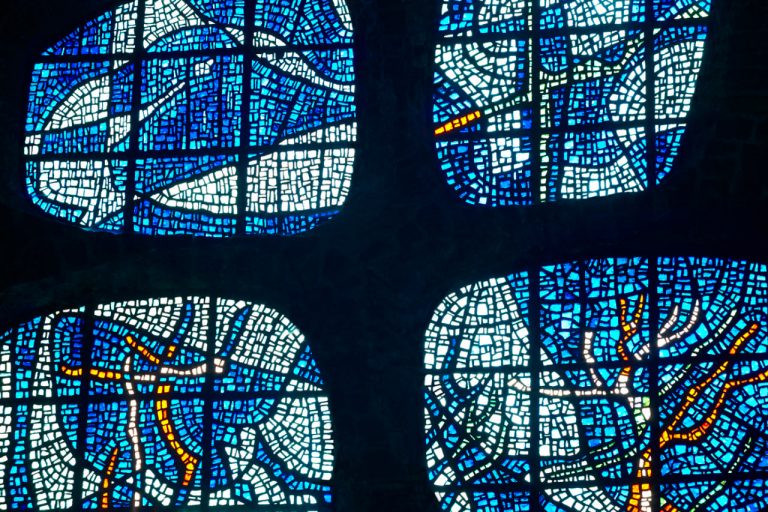Book Appointment Now

The History of Stained Glass: From Medieval Cathedrals to Modern Home Décor
Stained glass has captivated people for centuries with its radiant colors, luminous beauty, and ability to transform light into vivid storytelling. What began as a sacred art form in medieval cathedrals has evolved into a versatile craft embraced in homes, public spaces, and contemporary design around the world. Understanding its history reveals how stained glass has shaped architecture, culture, and artistic expression for more than a thousand years.
Early Beginnings of Stained Glass
Long before stained glass adorned magnificent churches, early civilizations experimented with colored glass. Ancient Egyptians and Romans created colored vessels, jewelry, and decorative tiles using minerals and metal oxides. These early forms were not yet used for windows, but they paved the way for techniques that would later define stained glass art.
By the 7th century, small pieces of colored glass began appearing in European churches. These early attempts were simple and geometric, yet they established the foundation for a craft that would flourish during the medieval era.
The Golden Age in Medieval Europe
The Middle Ages marked the true rise of stained glass as a monumental art form. From the 12th to 15th centuries, stained glass windows became essential elements of Gothic cathedrals, serving both decorative and educational purposes.
Storytelling Through Light
Many people of the time were illiterate, so stained glass windows conveyed biblical stories, saints’ lives, and moral lessons through imagery. Each window became a visual book illuminated by sunlight, making spiritual teachings accessible to all.
Architectural Harmony
The tall, pointed arches and soaring walls of Gothic architecture created perfect canvases for vast stained glass installations. Churches like Chartres Cathedral and Notre-Dame in Paris became masterpieces of color and light, where windows filled entire facades with sacred scenes.
Techniques and Craftsmanship
Medieval artisans developed the leaded glass technique, where small colored pieces were joined with lead cames to form intricate compositions. They also painted details with iron oxide and fired the glass to fuse the design permanently. These innovations allowed for greater complexity and artistic expression.
Changes During the Renaissance and Baroque Periods
As artistic tastes shifted during the Renaissance, stained glass design followed. Windows became more painterly, emphasizing realism, shading, and human expression. Artists began painting directly on clear glass to create detailed scenes, reducing the use of deeply colored pieces.
During the Baroque era, the dramatic interplay of light and shadow influenced stained glass composition. While still present in churches, stained glass saw less innovation during these periods, overshadowed by frescos and sculptural decoration.
Decline and Revival in the 18th and 19th Centuries
The 18th century brought a decline in stained glass craftsmanship as many traditional techniques were lost or replaced by mass-produced styles. However, the 19th century sparked a powerful revival driven by renewed interest in medieval art and architecture.
Gothic Revival Movement
Architects and artists sought to restore and recreate medieval aesthetics, bringing stained glass back into prominence. This period saw the rediscovery of forgotten glassmaking techniques and the rise of skilled workshops producing windows for both churches and public buildings.
Louis Comfort Tiffany and Art Nouveau
In the United States, Louis Comfort Tiffany revolutionized stained glass art with his opalescent glass, rich textures, and nature-inspired designs. His lamps, windows, and decorative panels became icons of the Art Nouveau movement, introducing stained glass into private homes as luxurious décor.
Stained Glass in the Modern Era
The 20th century brought dramatic shifts as artists explored new forms, materials, and ideas.
Expression and Abstraction
Instead of traditional narrative scenes, many modern stained glass works embraced abstraction, geometric patterns, and bold color combinations. Artists like Marc Chagall pushed the boundaries of the medium with emotional, dreamlike compositions.
Public and Institutional Art
Stained glass found its way into universities, museums, government buildings, and even transportation hubs. Its ability to transform natural light made it popular in contemporary architectural design.
Technological Advancements
Modern tools and techniques expanded creative possibilities. Laminated glass, fused glass, and new pigments allowed for innovative textures and artistic effects. At the same time, traditional leaded glass remained a beloved craft for artisans dedicated to historic methods.
Stained Glass in Today’s Home Décor
Stained glass has become an accessible art form celebrated far beyond cathedrals and public institutions. Homeowners now incorporate stained glass in countless ways to bring personality and color into their spaces.
Window Panels
Hanging or installed panels add a touch of elegance, filtering sunlight into soft, colorful patterns. They are often used in kitchens, bathrooms, and stairwells to create privacy without sacrificing brightness.
Suncatchers and Small Accents
Even small stained glass pieces can transform a room. Suncatchers, ornaments, and decorative motifs cast vibrant reflections and add artisanal charm to everyday spaces.
Lamps and Lighting
Inspired by Tiffany’s legacy, stained glass lamps remain one of the most popular home décor items. Their warm glow and rich patterns make them timeless centerpieces.
Custom Art Pieces
More people are commissioning stained glass as custom wall art, room dividers, door insets, and garden decorations. Each piece becomes a unique expression of personal style and craftsmanship.
The Lasting Legacy of Stained Glass
From medieval cathedrals to modern apartments, stained glass continues to enchant with its ability to blend artistry, craftsmanship, and the transformative power of light. Its history is a journey through spiritual symbolism, artistic innovation, and evolving cultural tastes. Today, stained glass remains both a historical treasure and a modern form of creative expression, proving that its beauty is as enduring as the stories it tells.



